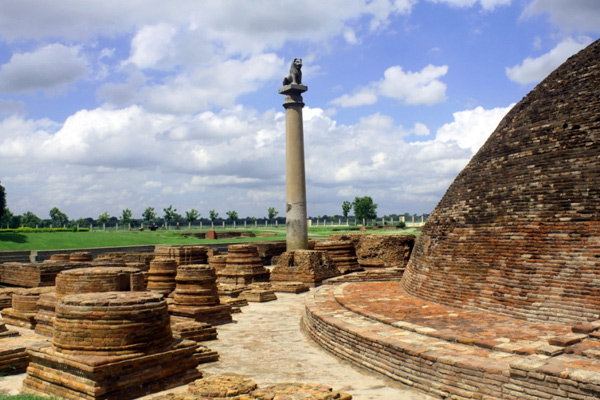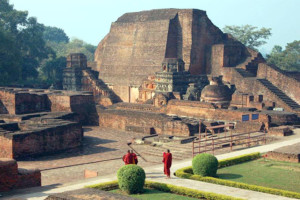TRAVEL
Nalanda the seat of learning beckons

Nalanda was a Buddhist university established in 450CE and was the longest running university in Indian history established during the era of Gupta dynasty. Historic facts suggest that the university was established during the reign of Sakraditya Gupta. Among its many notable guests were the Buddha and Mahavira, and at its zenith accommodated over 10,000 students and over 2,000 faculties. However, it was destroyed by Turkish Muslim invaders in 1193, when the students and teachers were massacred and the massive university library was burnt down, and currently, all that remains are extensive sandstone ruins that are spread over an area of 14 hectares.

Subjects like arts, literature, philosophy, and politics were taught at an elaborate campus with students from far-flung lands of Tibet, China, Greece, Japan, and Persia. The ancient texts of famous Chinese travelers, Hieun Tsang, who travelled across the world , when came and settled here at Nalanda, revealed the fact that Lord Mahavira and Lord Buddha were the frequent guests who visited the university and gave moral speeches near the ‘Mango grove of Pavarika’.
Highlighting the architecture of Nalanda, it had several temples and monasteries in the campus build by Emperor Asoka and Harshavardhan. Also the campus architecture was famous for its extensive library that was nine storied and had the collection of none of the religious literature rather intense scriptures and manuscripts and books covering all subjects like astronomy, astrology, medicine, science etc. Additionally elaborate structures of stupas, monasteries, hostels, staircase, meditation halls, lecture halls, temples, exquisite gardens and parks were all there in the campus premises for recreation of the teachers and the students.
The fall down of Nalanda during 1049-57 A.D was witnessed when the Turkish emperor, named Bakhtiyar Khilji, in 1193 with the view to end Buddhism and propagate Islam, destroyed the university, marking a great downfall of this heritage institute. The Library was set on fire and it took three months for destroying the entire collection, such was the vastness of to which the library was spread. Nalanda lost its hold and got buried by 1235 A.D.

A museum at Nalanda houses many of the treasures found in the excavations. In 2016 the ruins were designated a UNESCO World Heritage site. Apart from visiting the ruins at the historic university, you must also visit the Great Stupa, Nalanda Archaeological Museum that holds the significant collection of stone and metal statues of the great Pala’s and the Mauryan’s emperor. Don’t miss to see the shows in 3D animation style at History of Nalanda that the Nalanda Multimedia Museum, at a minimalistic cost of Rs 50 for 20 minutes.
You can travel here by air, train or bus. You can stay at Rajgir as it offers greater accommodation choices.
